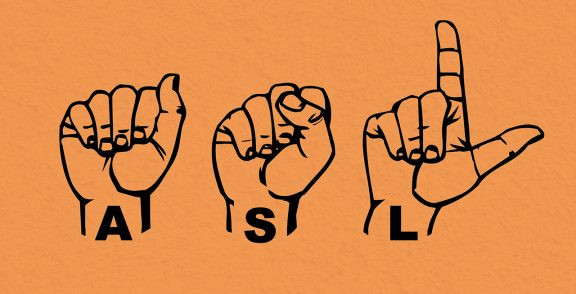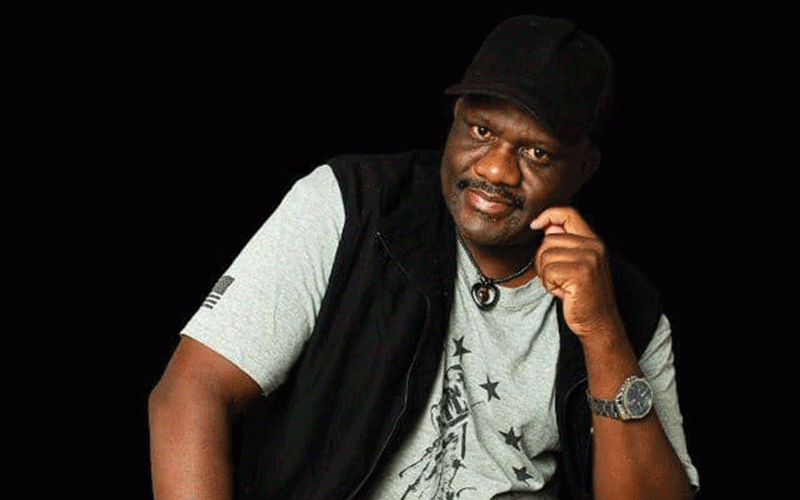
DEAF people do not regard themselves as disabled. Their understanding of deafness is not that of pathology, but of a difference. They are proud to be who they are. It is the object of this opinion piece to expand the understanding of the readership regarding deaf people and deaf culture.
They believe that being deaf is not a medical condition, but a cultural difference that stands out in terms of its belief systems and normative practices. The inability to process linguistic information for deaf people does not warrant the hearing world to define and rule them as objects that are at the mercy of stimulus policies or social protection, rather it is a reminder to the consciousness of the hearing world to realise that there is diversity within the human community.
Deaf people are loud and proud of their uniqueness as a linguistic-cultural group that expresses itself through markers of cultural identity like Miss Deaf, deaf clubs, endogamous marriages, residential schools, sporting activities and sign language, among others.
The source language for deaf people is sign language which is also sometimes referred to as a manual language. The absence of receptive and expressive language for deaf people is not at all an occlusion to life’s opportunities because society should accept them just like any other socio-cultural linguistic group of people, like the Tonga, Shangaan, Ndebele. In light of the above argumentation, any discrimination of deaf people based on their inability to oralise their feelings, thinking and behaviours is seen by deaf people as an attack on human diversity.
To that effect, those who believe in the deaf culture would encourage their children to attend residential schools for the deaf where sign language is the medium of instruction and in the case of inclusive education the apologists of deaf culture would expect the school system to use their native language (sign language) for teaching and learning purposes. Observably, in the Zimbabwean context where the Constitution recognises 16 languages, inclusive of sign language, it is, therefore, the duty and obligation of the government to embrace and enhance the learning experiences of deaf children through the combined efforts of ministries responsible for education to ensure that sign language becomes a sine-qua-non for all prospective teachers.
Belonging to the deaf culture is not just a matter of being deaf, but a matter of identifying with the value systems and normative practices of deaf people like language differentiation, attitudinal deafness, behavioural norms, endogamous marital patterns, historical awareness and voluntary organisational networks. In terms of language differentiation, it is important to note that membership in the deaf community is dependent on communicative competence in sign language.
Where attitudinal deafness is concerned, it is the credo that is held by members of the deaf culture that they are in fact culturally and socially deaf — it is not about one being audiologically deaf. Behavioural norms set apart deaf people from the hearing world in terms of habits that help deaf people to interact, for example eye contact patterns, rules governing physical contact and touching and facial expressions and gesturing.
For example, the absence of receptive and expressive language for deaf people has helped them exploit their sense of sight to the hilt; sight has become their keen sense for appreciating and understanding the world.
- Community trailblazers: Challenges catapult Chikukuza to success
- Biti’s applications for referral to Concourt continues
- Biti plays political card in assault case
- Let’s concentrate on what is on the docket: Reza told Biti
Keep Reading
To that effect, a male teacher of deaf children should not keep a beard as that would interfere with lip-reading. The deaf culture is also solidified by in-group marriages. History of the deaf, that has developed from aural-oral to manual communications is also prized in the deaf culture. On the aspect of voluntary organisational networks, deaf people romanticise organisational networks that serve the deaf community to maintain the cohesiveness of the group and to provide for the companionship needs of group members.
It is important to understand that from the perspective of the deaf community, deafness is not a pathology but a socio-cultural linguistic difference. Deaf people largely prize homophily by cultural identity which is given credence through their language which is sign language. In an environment where deaf people interact with the hearing world it is important to recognise and prize the need for using signed communication.
Deafness does not affect intelligence as evidenced by Deaf academics that are largely found in the US at the Gallaudet University. America has produced deaf poets, artists, dancers, academics and writers. The most important thing where deaf children are concerned is to give them a good start, taking into account that human energies can be released and blocked, stimulated and flattened by individual encounters and ongoing relationships between people.
Nicholas Aribino is an inclusion and development specialist and writes here in his own capacity.











